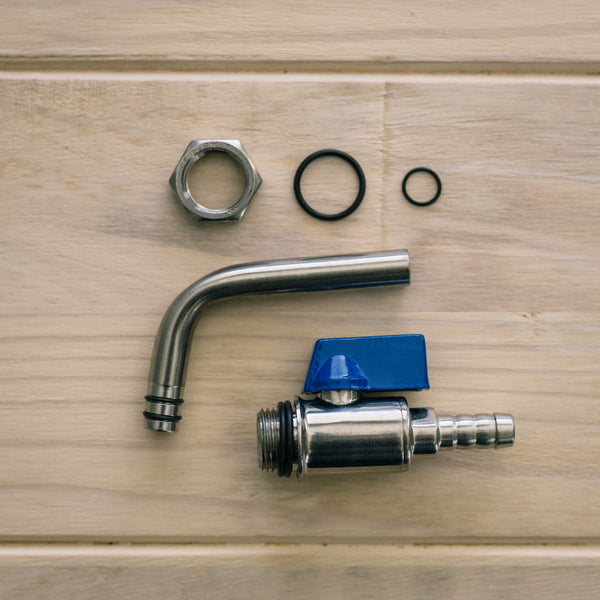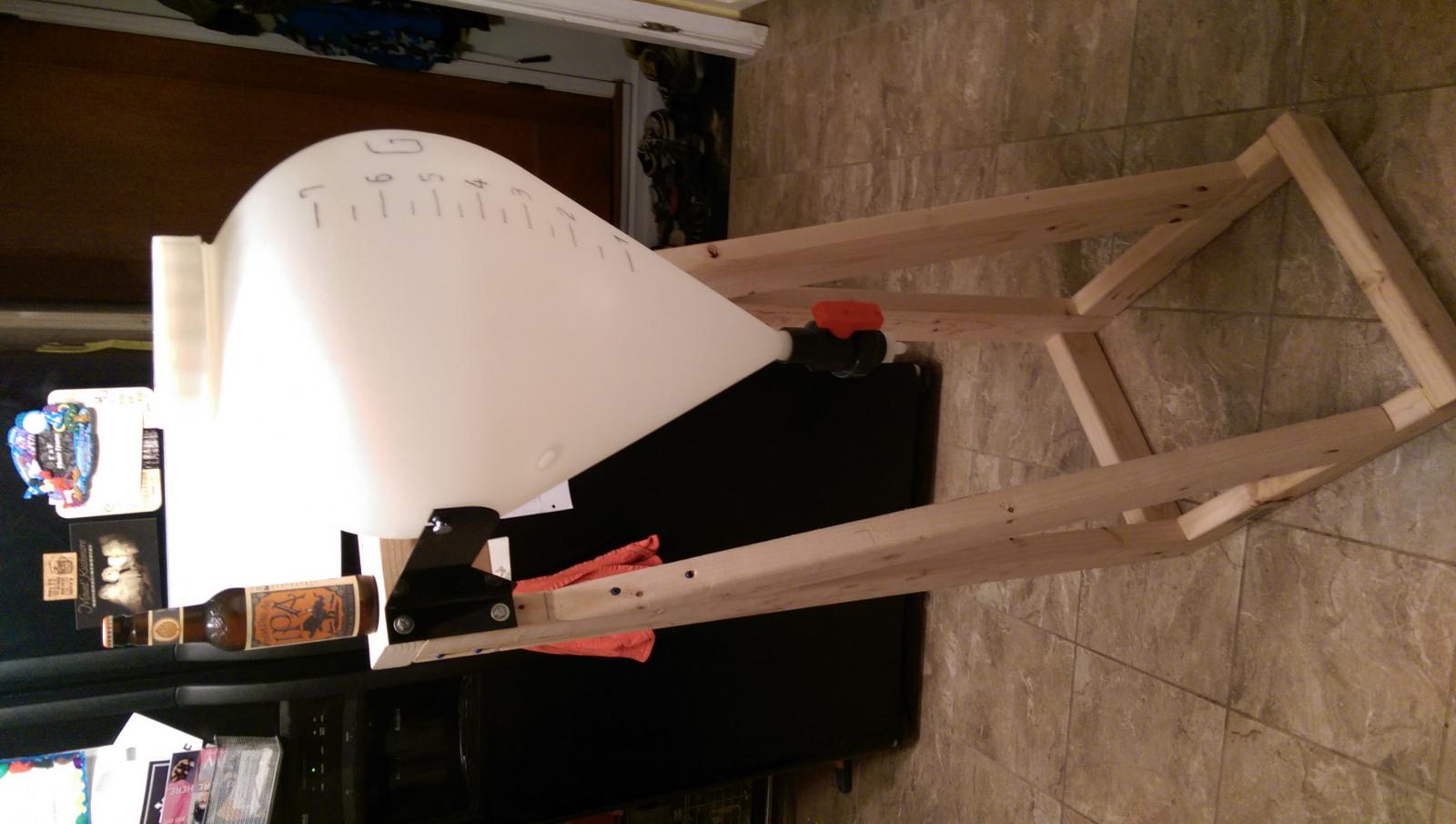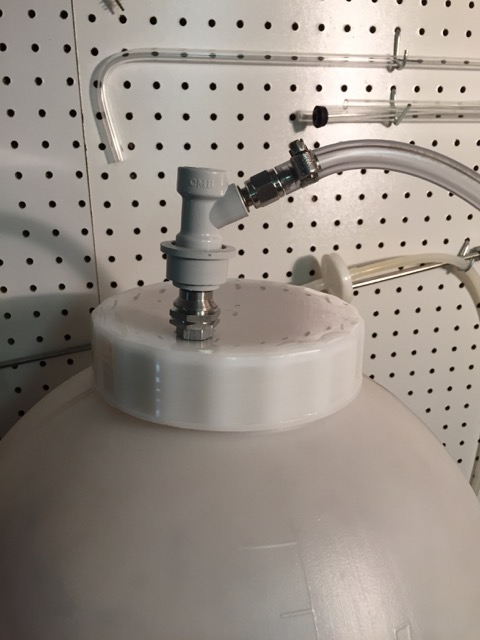I was reading back from some earlier posts about dry hopping in the thing, and I thought I would chime in with what I've been doing.
The technique I have been using (same as for keg dry hopping) is to take two coffee filters and put the hops and a stainless nut/washer/marble inside, then fold over the edges (1/2 inch or so) and staple it all around the edge and attach some dental floss so you can get it back. Then I spray it all down with Starsan to make myself feel like it is more sanitary, squeeze out as much air as I can, and toss it in with a few gravity points left to go (to scrub the oxygen in the pellets/filter/etc).
The coffee filters are big enough that I still seem to get good liquid penetration of the hop matter. For lots of hops, maybe use 2 or 3 of them.
The technique I have been using (same as for keg dry hopping) is to take two coffee filters and put the hops and a stainless nut/washer/marble inside, then fold over the edges (1/2 inch or so) and staple it all around the edge and attach some dental floss so you can get it back. Then I spray it all down with Starsan to make myself feel like it is more sanitary, squeeze out as much air as I can, and toss it in with a few gravity points left to go (to scrub the oxygen in the pellets/filter/etc).
The coffee filters are big enough that I still seem to get good liquid penetration of the hop matter. For lots of hops, maybe use 2 or 3 of them.










































![Craft A Brew - Safale S-04 Dry Yeast - Fermentis - English Ale Dry Yeast - For English and American Ales and Hard Apple Ciders - Ingredients for Home Brewing - Beer Making Supplies - [1 Pack]](https://m.media-amazon.com/images/I/41fVGNh6JfL._SL500_.jpg)





















 . Will be testing it out this upcoming weekend
. Will be testing it out this upcoming weekend 




